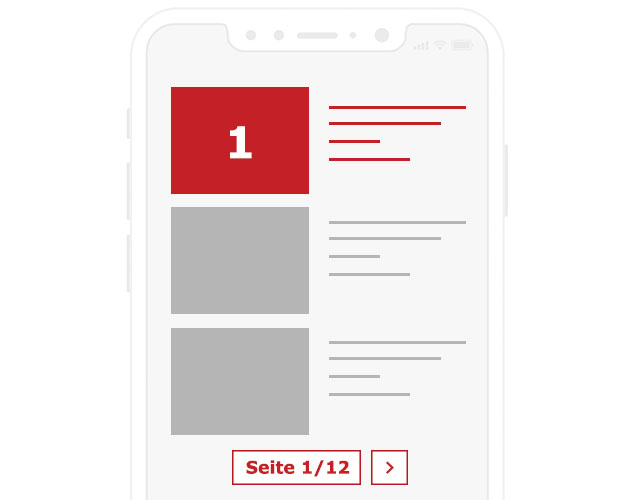US
Oldenburg horses for sale
Page-1-Ad
In addition, interested parties can directly see more information. This significantly increases the number of potential buyers.

US
FR
IT
DE
DE
DE
DE
DE
PL
DE
DE
DE
DE
DE
DE
DE
DE
DE
DE
Oldenburg horses for sale
In recent years, the breed’s popularity has grown around the world, with many riders enjoying their versatility and strength. Oldenburg horses are now used for a variety of disciplines, such as show jumping, dressage, eventing and driving. They have also been crossed with other breeds to create new bloodlines of warmblood horses in Europe and North America. The Oldenburg horse is one of Germany’s oldest and most powerful warmblood breeds. Originating in the former duchy of Oldenburg in the north of Germany, the history of the breed can be traced back to the 16th century. Today, it is one of the most in-demand international sports horses, popular with leading equestrians across a range of disciplines. The breed’s willing nature, power and athleticism are the main reasons that riders buy an Oldenburg horse. Breed quality is maintained by basing approval on ability, a progressive approach that supports breeders whenever they sell an Oldenburg horse.
Use and characteristics of Oldenburg horses
During its long history, the Oldenburg horse has changed with the changing needs of equestrians, and the current focus is on producing a high-quality sports and riding horse. The desirable qualities of this modern type of Oldenburg horses are different from those of the Alt-Oldenburger, or old type, an all-round working and carriage horse. Equestrians wanting strength and height buy an Oldenburg horse of modern type, standing between 16 hands (64 inches/163 cm) and 17.2 hands (70 inches/178 cm) high. The breed is noted for its power, leg length and elasticity of movement, which are highly valued by breeders who produce and sell an Oldenburg horse. With their slogan “Quality is the only standard that counts”, the German Oldenburg Verband has a liberal view on matters such as coat colours, and none is excluded.
Origin and history of breeding Oldenburg horses
The foundation type for the breed was the strong and useful. The first breeding programme to produce a lighter riding type of horse dates from the days of Count Johann XVI, ruler of the Duchy of Oldenburg from 1573 to 1603. Count Johann used regal Frederiksborg stallions from Denmark, horses of Turkoman type, and Neapolitans and Andalusians - the leading European war horses of the time - to develop his breeding programme. This continued under his successor, Count Anton Günther (1583–1667), who also added Kladrubs to the stock, and permitted his tenants to use his stallions as well. This established a reputation for quality Oldenburg horses beyond the Duchy. Soon two types of Oldenburg horses, a riding horse and a carriage type, were highly prized throughout Europe. Duns, bays, blacks, greys and ermine coloured Oldenburgs all proved popular, particularly as carriage horses. In the nineteenth century, the Oldenburg horse came under the influence of other breeds such as Hanoverians, Normans and Cleveland Bays. Throughout all its history to that point, the Oldenburg had always retained its reputation as a valuable farm horse in addition to its other qualities, and this was not lost when it became one of the leading heavy coach horses of the mid-nineteenth century. They were used for fast mail coaches and were equally valued for cavalry and artillery use. As the use of carriage and coach horses began to decline in the later nineteenth century, larger and stronger Oldenburgs were produced in greater numbers for farming for a time. As mechanisation brought the age of working horses to an end, Thoroughbreds, Selle Français and other sires were used to produce the outstanding sports horse type of Oldenburg that exists today.
Oldenburg horses in equestrianism
Oldenburg horses compete successfully up to Olympic level. Famous leading Oldenburgs include Anky van Grunsven’s horse Bonfire and Karin Rehbein’s Donnerhall. Registered Oldenburgs are identified by the crown and “O” brand. The habit of using the first letter of the sire or dam’s name for offspring makes it simple for purchasers to trace a horse’s ancestry.































































































